Some automobiles leave a lasting impact, becoming icons of their time, while others, despite their brilliance, fade into obscurity. This article explores 20 legendary cars that, for various reasons, have been lost to time and memory. From groundbreaking designs to forgotten innovations, these vehicles are a testament to the fleeting nature of automotive history.
Contents
Tucker 48
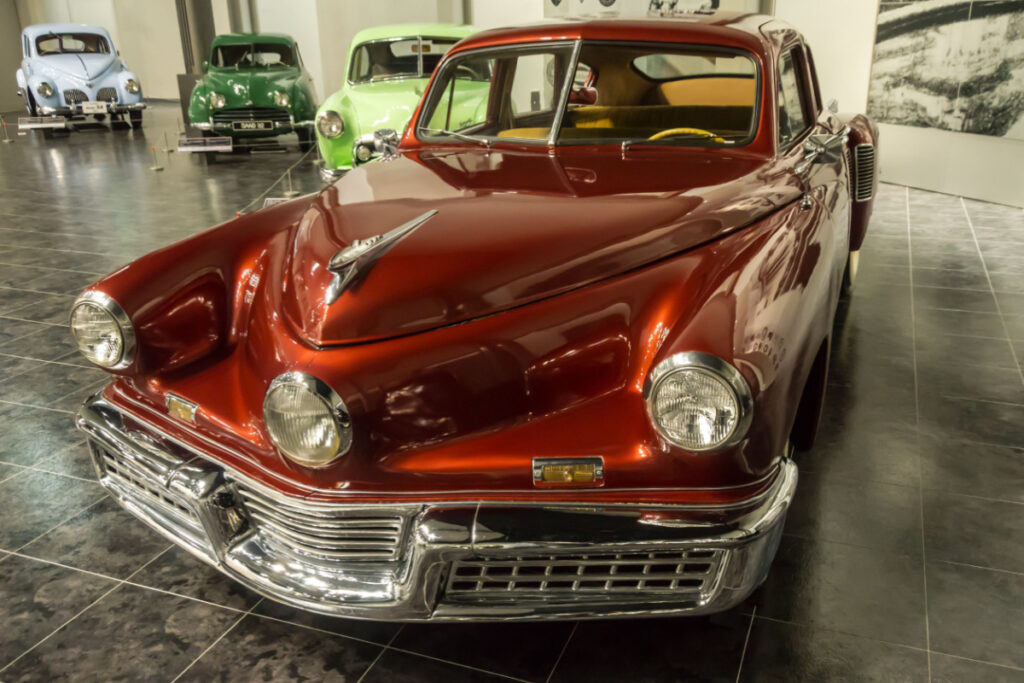
The Tucker 48, also known as the “Tucker Torpedo,” was a car far ahead of its time, designed by Preston Tucker in the late 1940s. With its rear-engine layout and innovative safety features like a shatterproof windshield, it was a true marvel. Unfortunately, only 51 units were produced due to financial troubles and legal challenges that forced the company to shut down. Today, the Tucker 48 is a rare collector’s item, remembered more for its potential than its actual impact on the market.
Duesenberg Model J
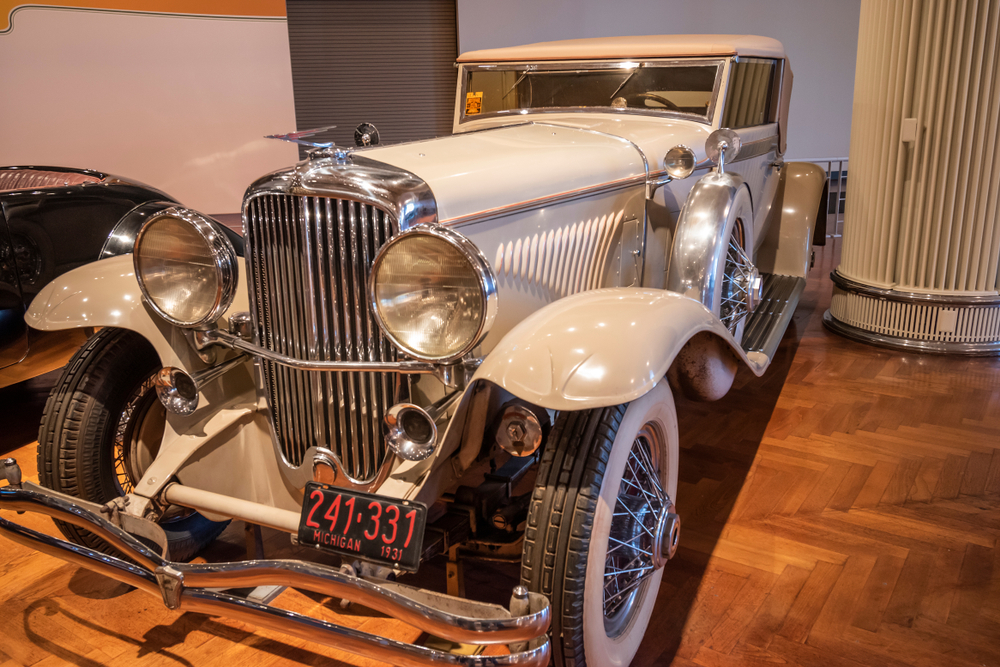
In the 1920s and 1930s, the Duesenberg Model J epitomized luxury and performance, capturing the imagination of the wealthy elite. Renowned for its massive size, impeccable craftsmanship, and powerful straight-eight engine, it set a benchmark for American luxury cars. However, the Great Depression and World War II led to the decline of the brand, and the Model J faded into the annals of history.
Cord 810
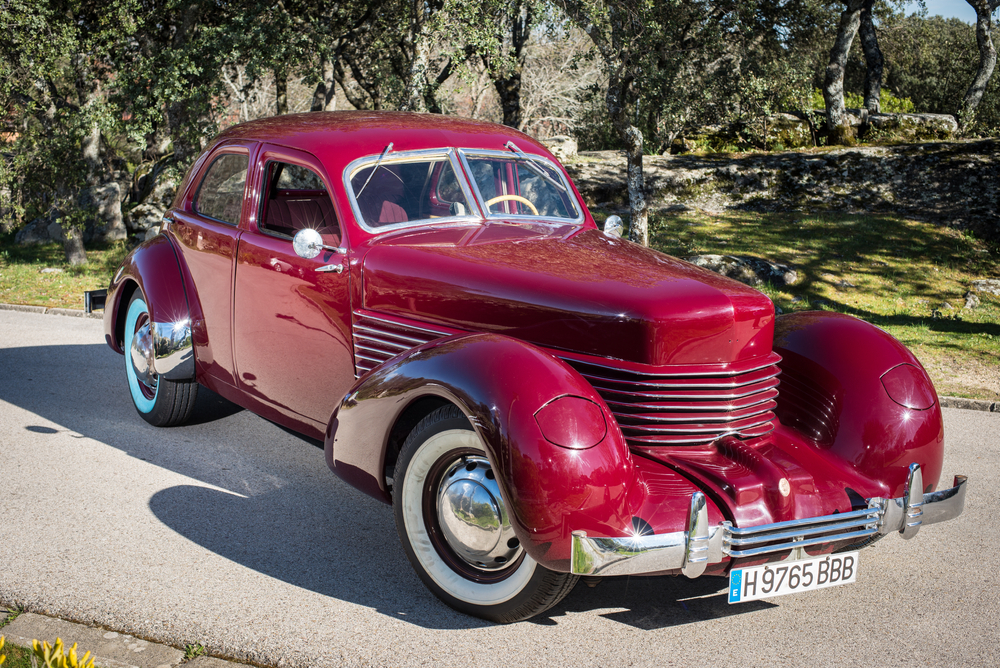
Introduced in 1936, the Cord 810 was a masterpiece of Art Deco design, combining beauty with cutting-edge technology. Its front-wheel drive, hidden headlights, and sleek appearance made it a standout on the road. Yet, despite its innovations, financial mismanagement led to the company’s demise, and production ceased after just two years. The Cord 810 remains a rare sight today, but its influence on automotive design is undeniable.
Cisitalia 202
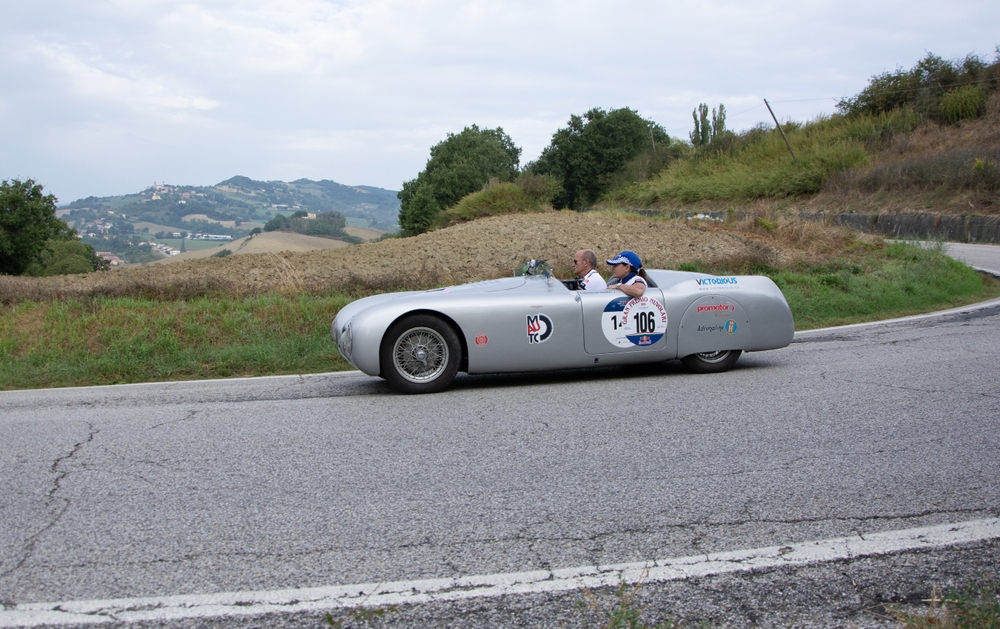
The Cisitalia 202, which debuted in 1947, was more than just a car—it was a work of art. Designed by Pininfarina, its aerodynamic curves set new standards in automotive aesthetics, earning it a place in New York’s Museum of Modern Art. Despite its beauty, Cisitalia’s financial struggles limited production, and the 202 quickly became a rare gem. Though few were made, the Cisitalia 202 continues to be celebrated for its artistic contribution to car design.
Delahaye 135
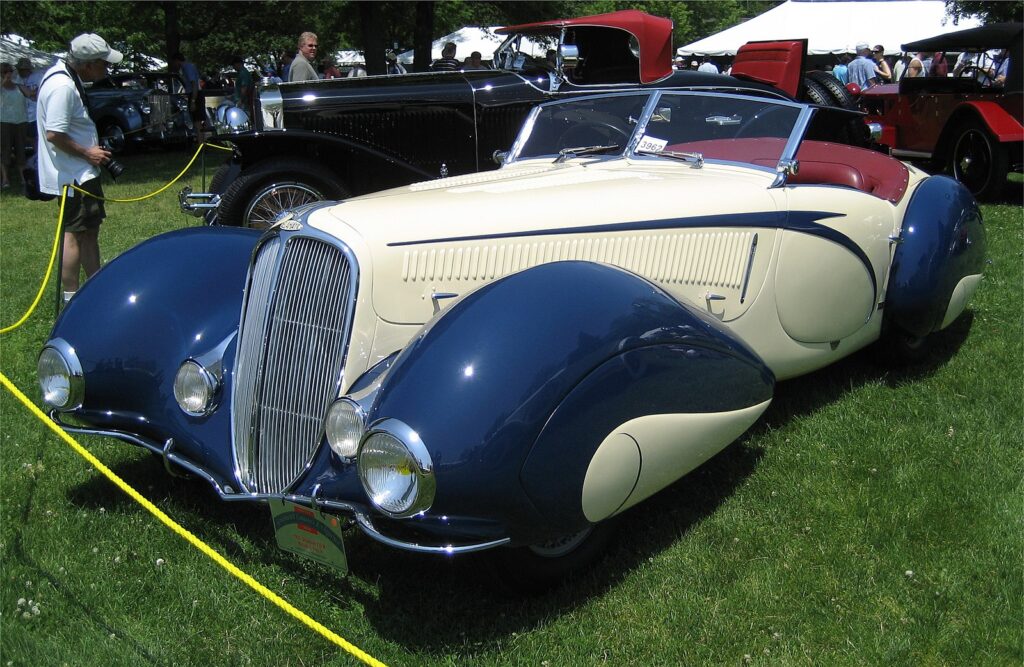
The Delahaye 135, a symbol of French elegance and speed in the 1930s, was as much at home on the racetrack as it was on the streets of Paris. Its sleek design and racing pedigree earned it victories at prestigious events like the 24 Hours of Le Mans. However, the outbreak of World War II and the subsequent decline of the French luxury car industry led to its disappearance from the roads. Today, the Delahaye 135 is remembered as a testament to a lost era of automotive grace.
Facel Vega HK500
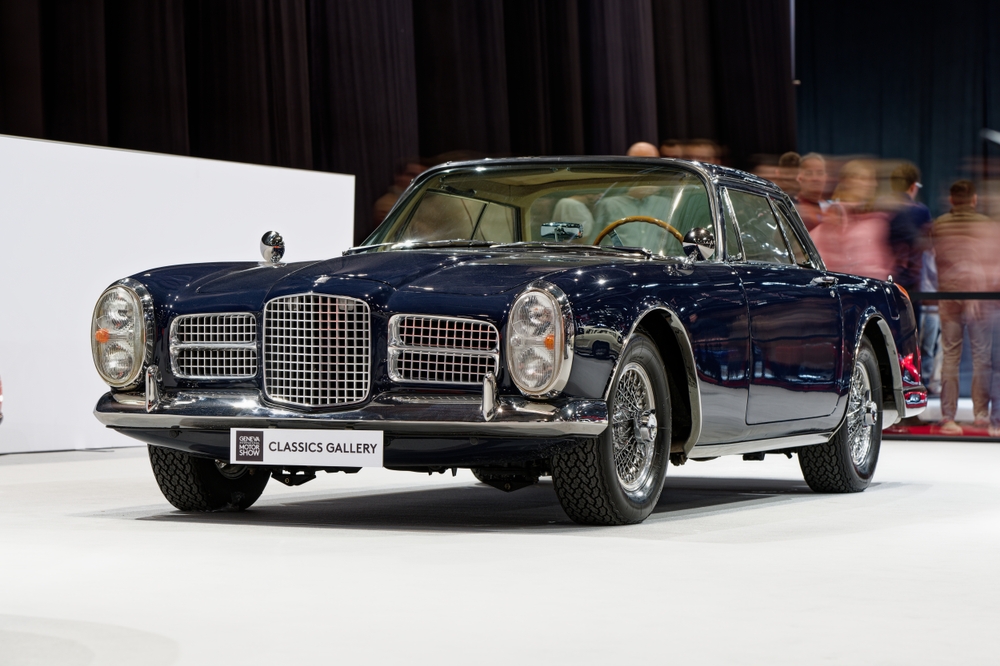
French grand tourer enthusiasts of the late 1950s and early 1960s might recall the Facel Vega HK500, a car that married luxurious design with the raw power of an American V8. Celebrities and racing drivers were drawn to its combination of style and performance. Unfortunately, financial difficulties led to the company’s closure, making the HK500 a rare collector’s item today.
Tatra 87

In the 1930s and 1940s, the Tatra 87 from Czechoslovakia stood out with its aerodynamic design and rear-mounted air-cooled V8 engine. It was a favorite among knowledgeable car enthusiasts, including Nazi officers during World War II. Production was halted after the war, and Tatra shifted focus to more utilitarian vehicles, leaving the 87 as a relic of innovative engineering.
Aston Martin DB4 GT Zagato
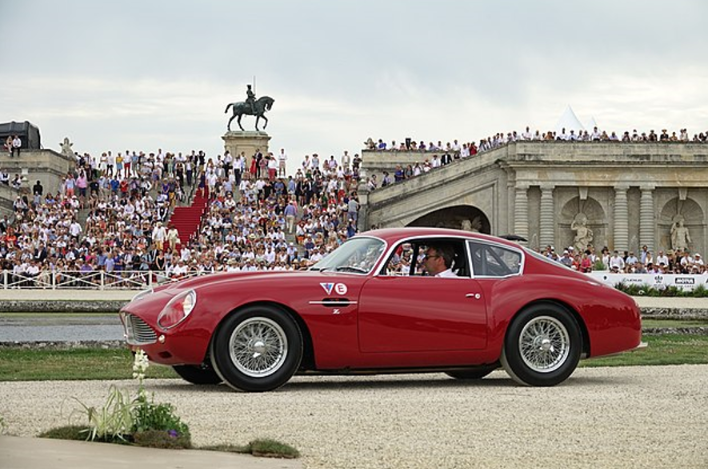
The Aston Martin DB4 GT Zagato was a collaboration between Aston Martin and the Italian design house Zagato, resulting in one of the most beautiful cars of the 1960s. This limited-production sports car was a lighter, more powerful version of the DB4, designed specifically for racing. However, only 19 units were ever built, making it one of the rarest and most sought-after Aston Martins. Its legacy endures as a symbol of elegance and performance.
Iso Grifo
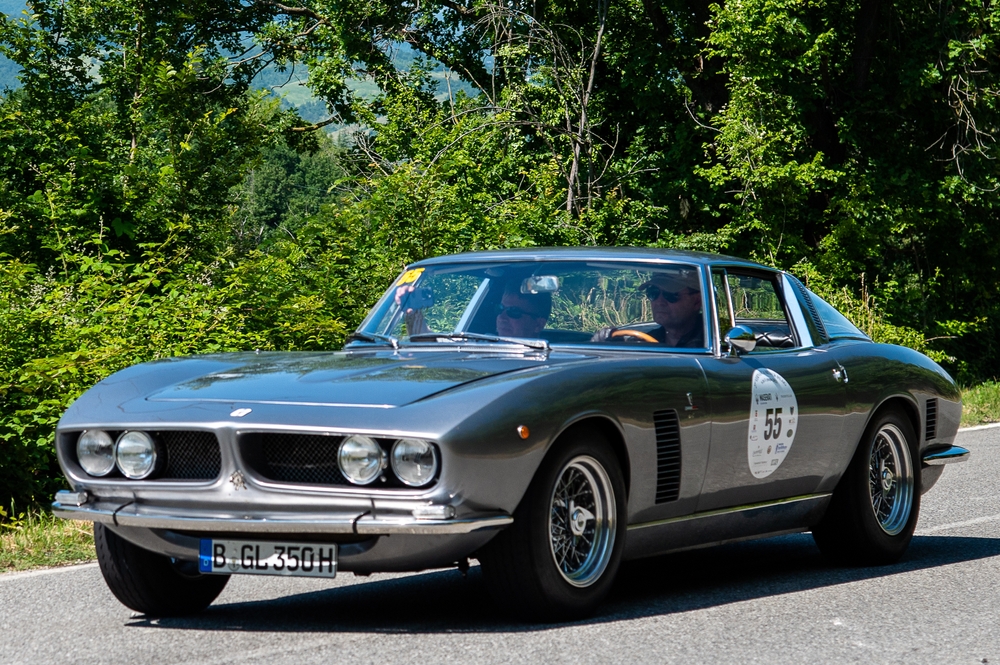
The Iso Grifo, produced in the 1960s and 1970s, was an Italian grand tourer that combined stunning design with American V8 power. Its sleek lines and impressive performance made it a serious competitor in the luxury sports car market. Unfortunately, the 1973 oil crisis and economic downturn spelled the end for Iso, and the Grifo became a rare sight. Collectors today prize the Iso Grifo for its unique blend of Italian style and American muscle.
Packard Twelve
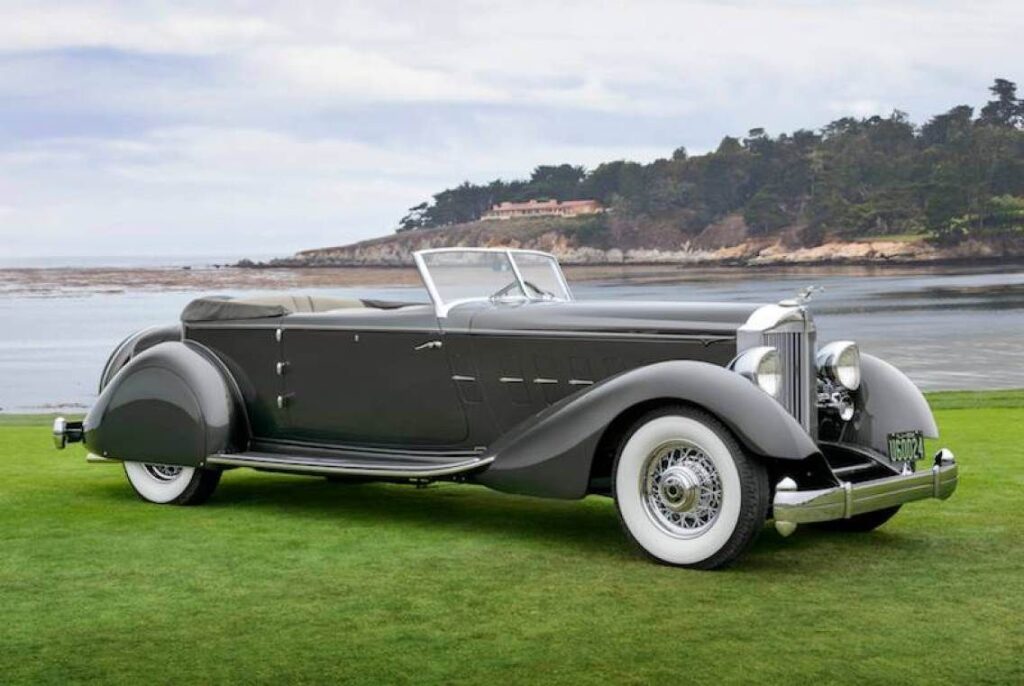
The Packard Twelve, introduced in the 1930s, was the pinnacle of American luxury, featuring a powerful V12 engine and sumptuous interiors. It was the car of choice for the elite, competing directly with Cadillac and Lincoln. However, the economic struggles of the Great Depression led to the decline of Packard, and the Twelve ceased production in 1939. Now, it is a rare and coveted piece of pre-war automotive history, representing the height of American craftsmanship.
Maserati A6GCS
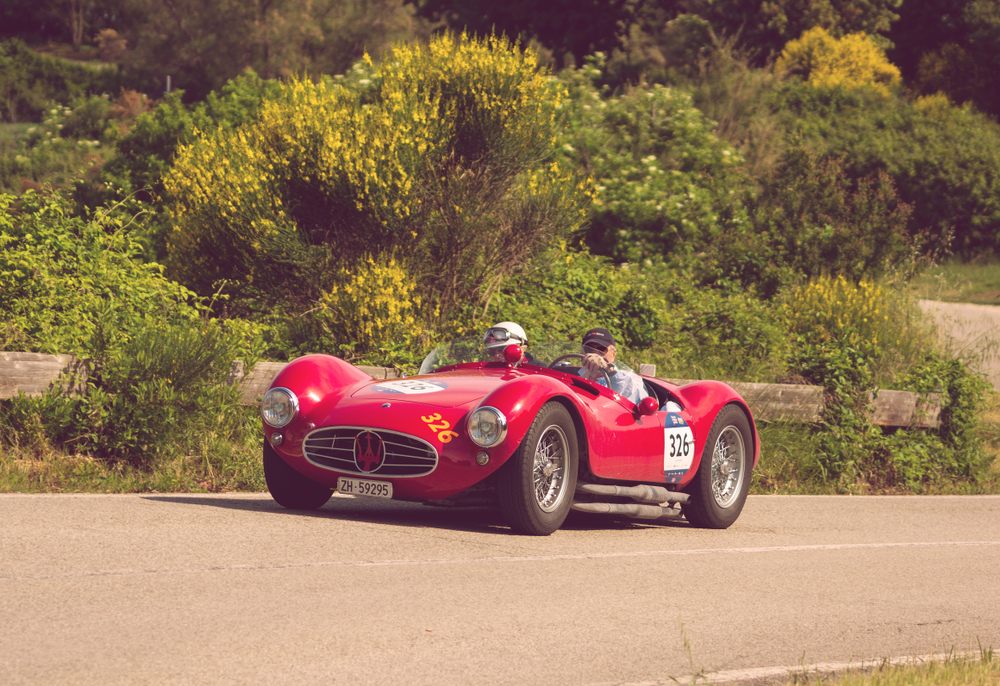
The Maserati A6GCS, a lightweight sports car from the early 1950s, made its mark with its racing success and sleek design. Its aluminum body and high-revving inline-six engine made it a formidable competitor on the track. Despite its achievements, production was limited, and the car was soon overshadowed by newer models.
Talbot-Lago T150-C SS
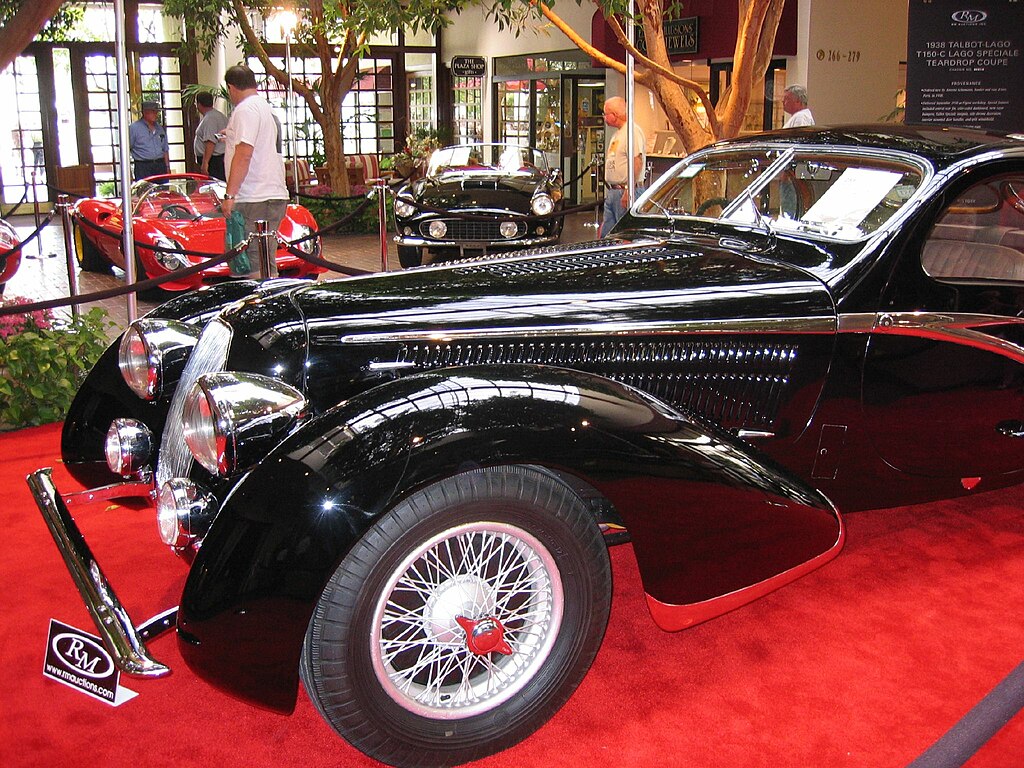
The Talbot-Lago T150-C SS, often nicknamed the “Goutte d’Eau” or “Teardrop,” was a French sports car from the late 1930s that captivated with its flowing lines and aerodynamic design. Its performance matched its looks, making it a favorite in racing circles. Despite its allure, Talbot-Lago faced financial difficulties, resulting in limited production. The T150-C SS is now celebrated as one of the most beautiful cars ever made, a rare jewel from the golden age of coachbuilding.
Bugatti Type 57SC Atlantic
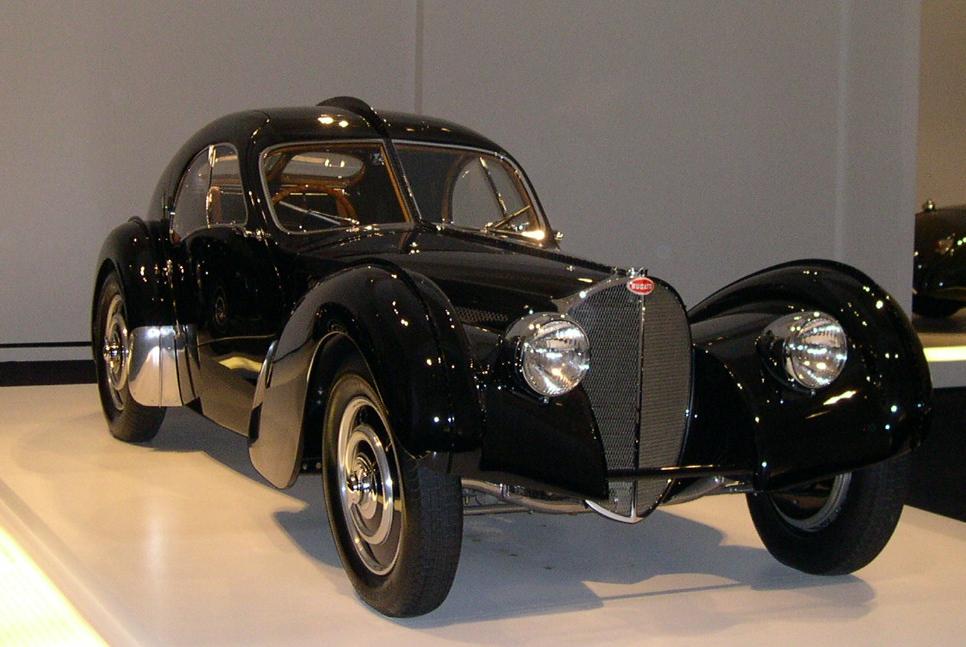
Few cars have achieved the legendary status of the Bugatti Type 57SC Atlantic, with its dramatic styling and advanced engineering. Built in the 1930s, only four were ever made, and two have since been lost to time, adding to the car’s mystique. The surviving Atlantics are among the most valuable cars in the world, cherished for their rarity and unparalleled craftsmanship.
Pierce-Arrow Silver Arrow
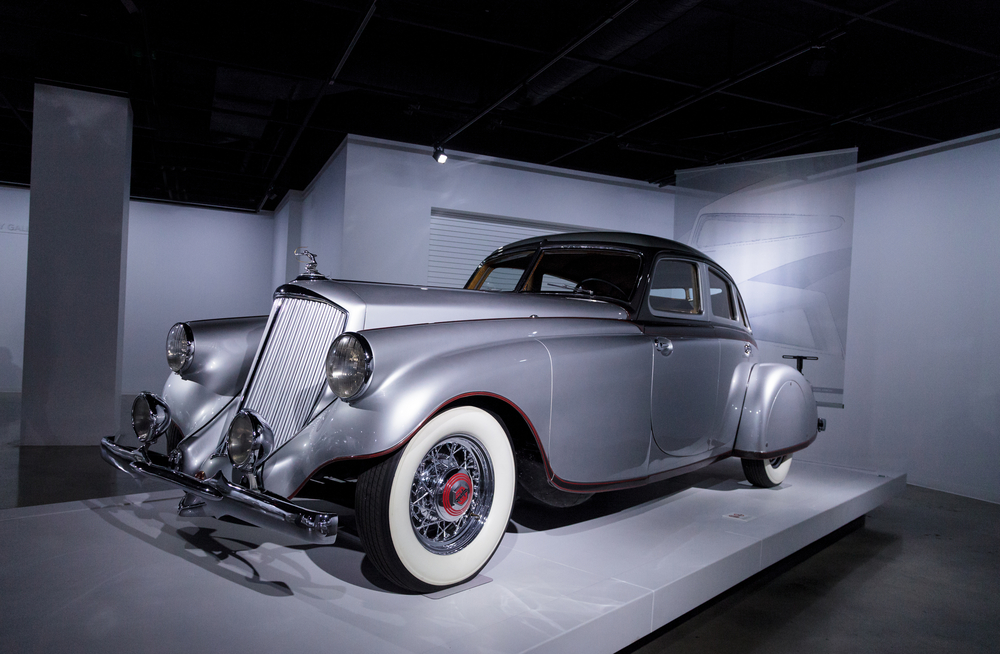
When it debuted at the 1933 New York Auto Show, the Pierce-Arrow Silver Arrow stunned audiences with its futuristic design and powerful V12 engine. It was meant to showcase the future of automobiles, but its advanced features and high cost limited its appeal. Only a few were produced before Pierce-Arrow succumbed to financial pressures.
Stutz Bearcat
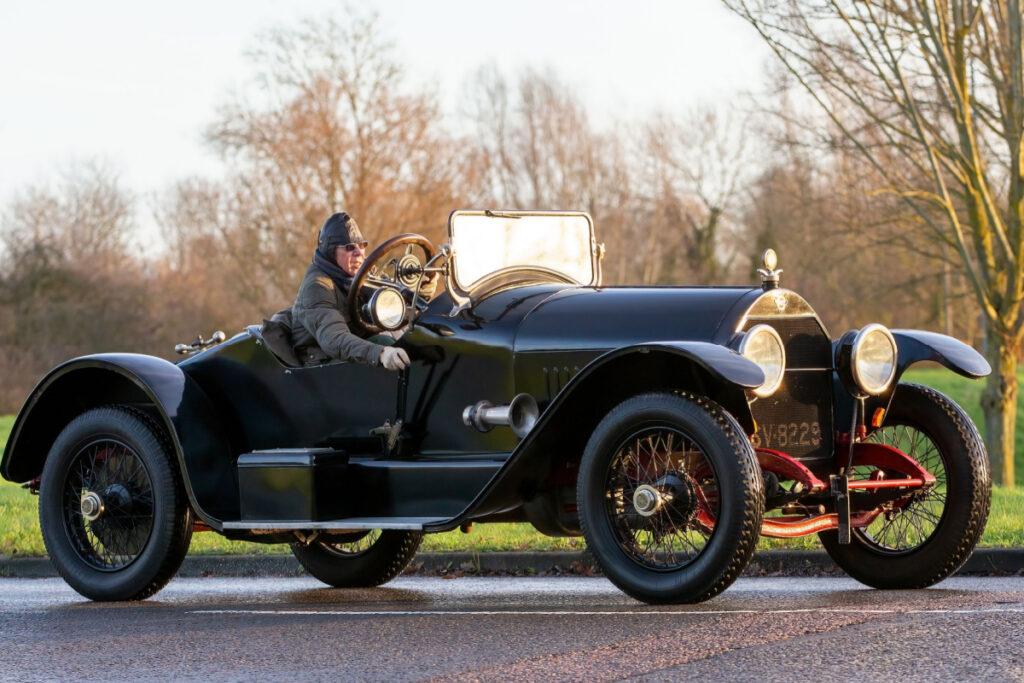
The Stutz Bearcat, an iconic American sports car from the 1910s and 1920s, was synonymous with speed and power. It became a symbol of the Roaring Twenties, beloved by racers and thrill-seekers alike. However, as automotive technology advanced, the Bearcat was left behind, and the Great Depression eventually put an end to Stutz.
Allard J2
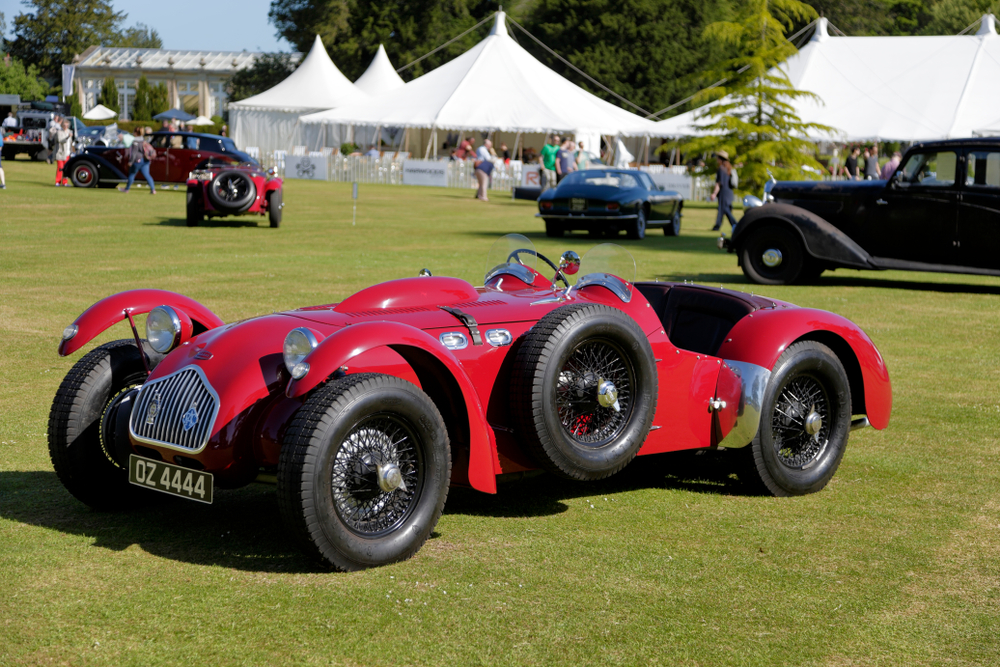
British automotive enthusiasts of the early 1950s may recall the Allard J2, a sports car that combined lightweight construction with powerful American V8 engines. It achieved significant success in racing, particularly in the United States, where it competed in events like the 24 Hours of Le Mans. Despite its racing pedigree, only a few were made, and Allard eventually went out of business.
Cunningham C-3
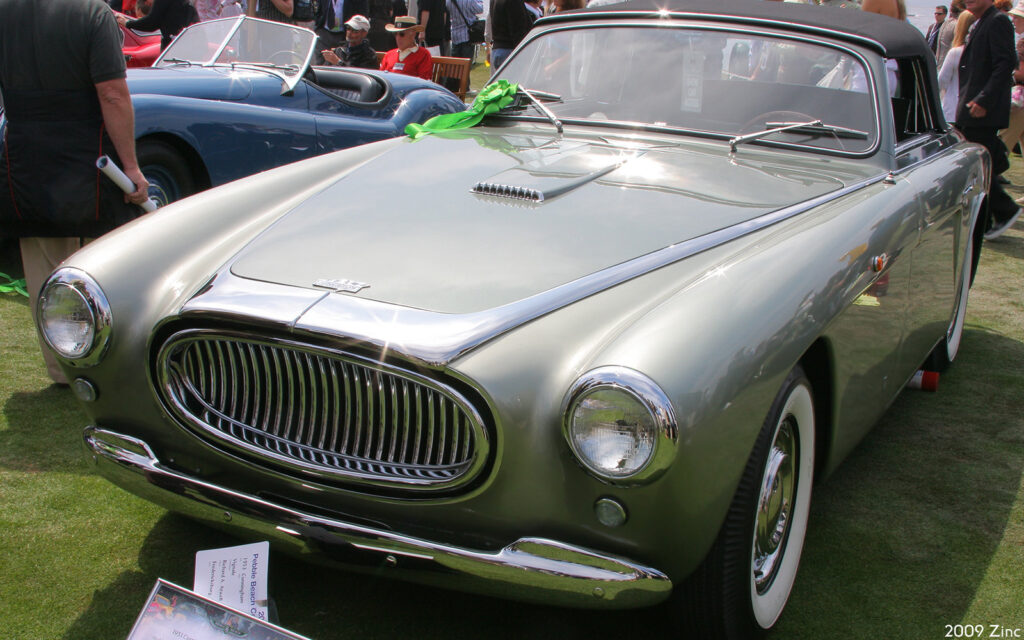
The Cunningham C-3, produced in the early 1950s, was an American sports car that combined Italian design with American muscle. Created by racing enthusiast Briggs Cunningham, it featured a sleek body and a powerful Chrysler V8 engine, making it a formidable presence both on the road and the track. However, only a few were built, and Cunningham soon shifted his focus to other endeavors. The C-3 is now a rare and valuable piece of American automotive history, its legacy preserved by a small group of collectors.
Ferrari 250 GTO

The Ferrari 250 GTO, built in the early 1960s, is perhaps the most famous car on this list, yet its rarity and exclusivity have rendered it nearly mythical. With only 36 units ever produced, it was a dominant force in racing, and its value has skyrocketed over the years. Despite its legendary status among enthusiasts, the 250 GTO is a car that few will ever see in person, let alone drive.
Horch 853A
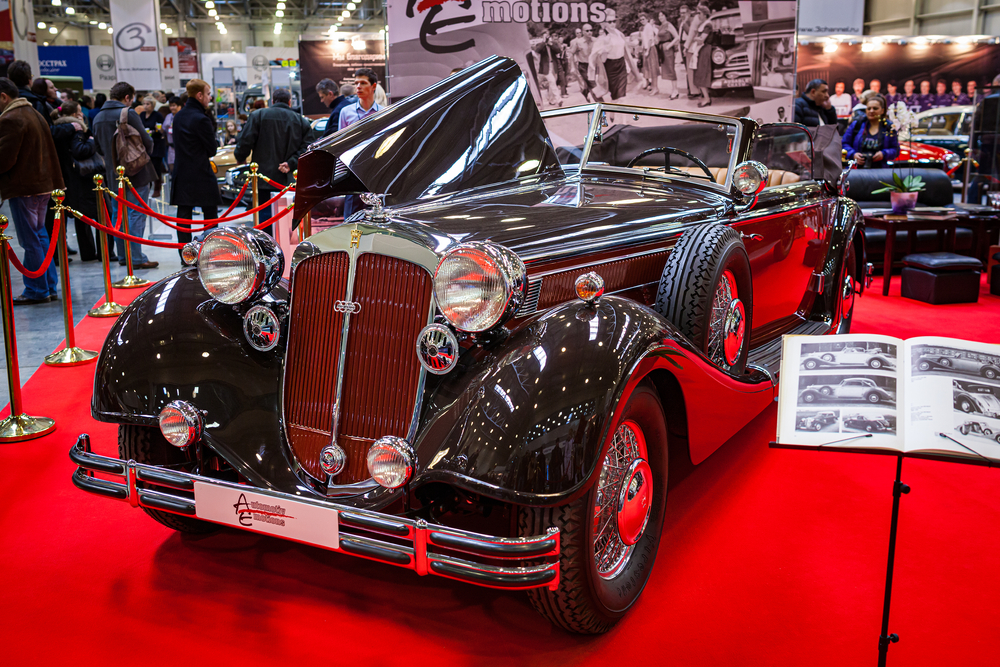
The Horch 853A, produced in the late 1930s, was a luxurious German car known for its elegant design and powerful straight-eight engine. It was favored by high-ranking officials and wealthy individuals in pre-war Germany. However, World War II and the subsequent division of Germany led to the decline of Horch, and the 853A became a relic of a lost era.
Panhard Dyna X
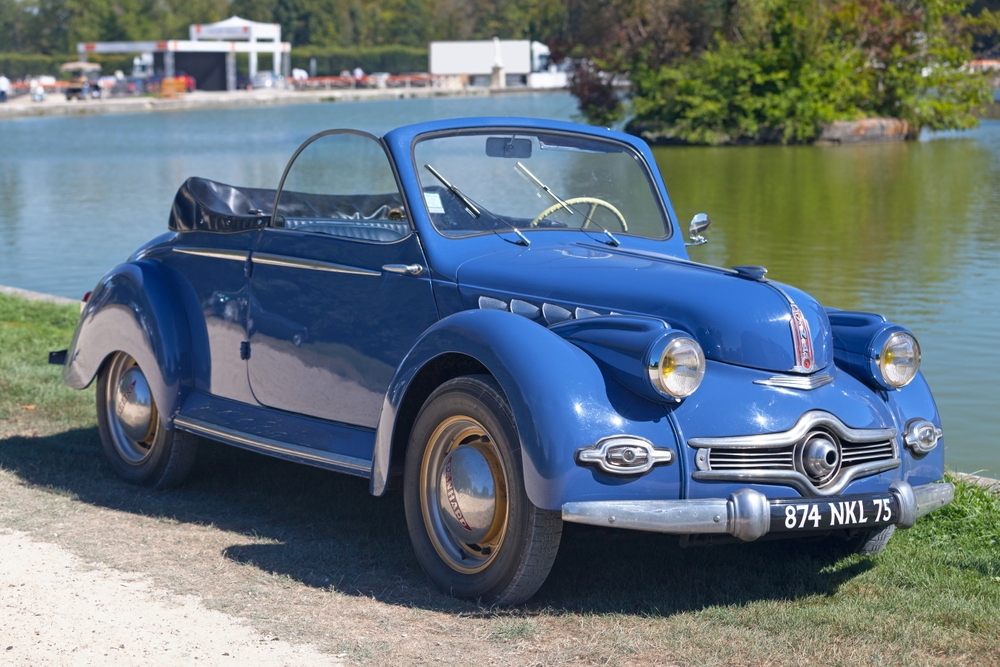
In the late 1940s and early 1950s, the Panhard Dyna X was a small, lightweight car that stood out for its innovative engineering and efficient use of materials. It was one of the first cars to extensively use aluminum in its construction, making it both light and fuel-efficient. Despite its forward-thinking design, the Dyna X was eventually overshadowed by more conventional models, and Panhard itself was absorbed by Citroën.
This article originally appeared in MyCarMakesNoise.
More from MyCarMakesNoise
15 Rare Porsches That Deserve More Recognition

Step into the world of Porsche and discover some of the brand’s most exceptional but lesser-known models. These rare vehicles are not just cars; they’re pieces of automotive history, each with its own story of innovation and exclusivity. Read More.
10 Military Vehicles That Were Better Left in the Prototype Stage

Military innovation often walks a fine line between groundbreaking success and instructive failure. Defense engineers and designers regularly push the limits of technology, crafting vehicles intended to revolutionize the battlefield. Read More.
20 Diesel Engines Built for Endurance
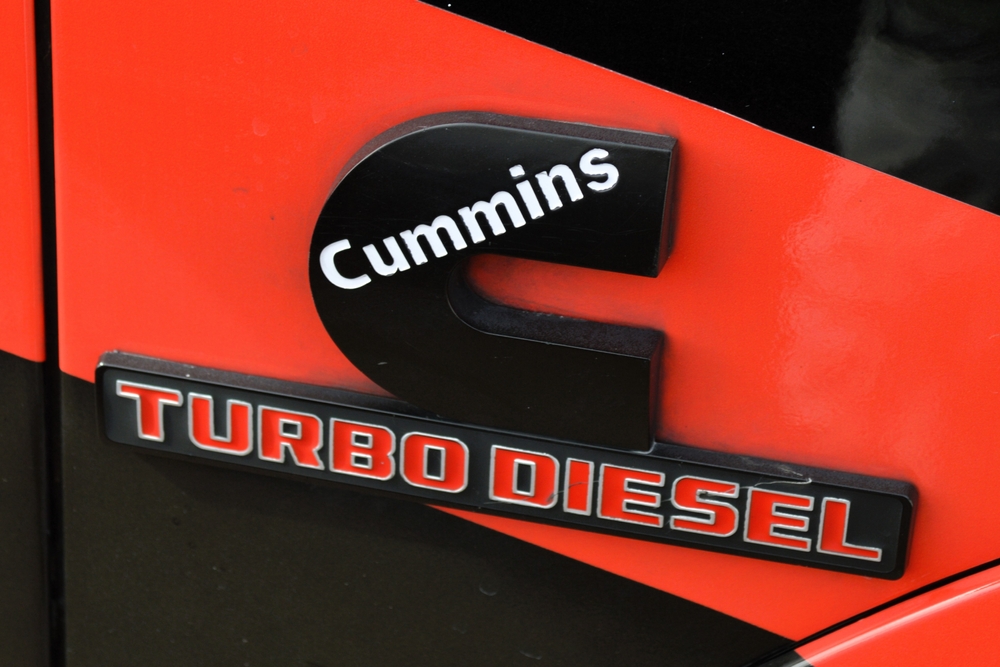
When it comes to reliability and longevity, diesel engines are often the top choice for many vehicle owners and industry professionals. In this article, we’ve compiled a list of 20 diesel engines that have earned a reputation for their exceptional durability and ability to run for hundreds of thousands of miles. Read More.














